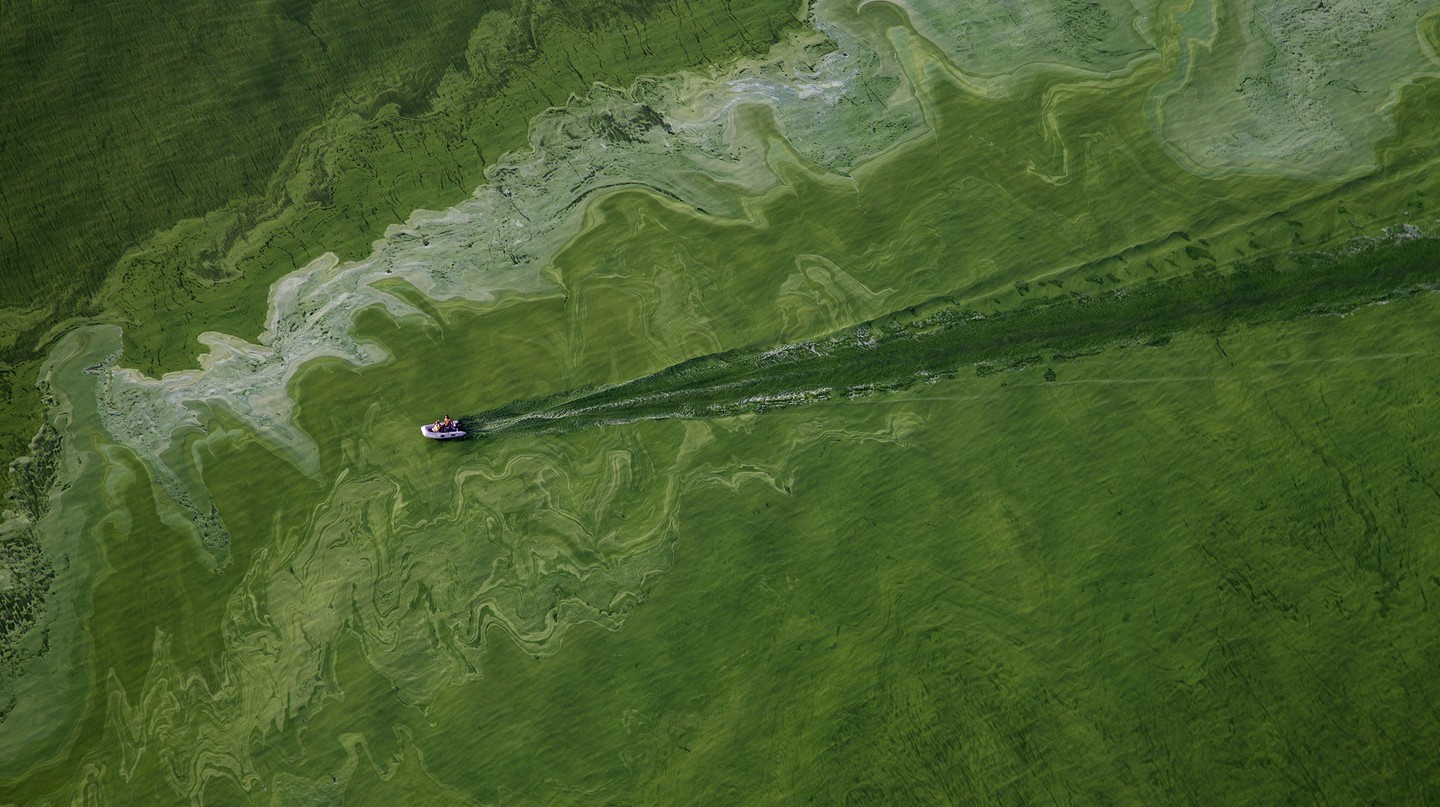It can often be difficult to fully comprehend the scale of environmental problems, as the effects are usually unseen. That’s not true for the vivid changes we can see in Pennsylvania, where the iconic Lake Erie is turning green – and sadly, not in a good way – thanks to waves of blooming algae. This turns the water into a toxic mass which is not only dangerous to humans, but also a threat to wildlife in and around the area. Contributing factors to this pollution are fertilizers and manure from aggressive farming that are washed into the streams and rivers feeding into the lake. Another issue is fruit waste, which may not initially seem as dangerous as chemical waste, but the devastation being caused is huge.
“This waste material is currently contractually pushed back on the growers to dispose of, which ends up being spread on agricultural land that effectively acts as landfill,” Greg Mungas, head honcho of Eden Ingredients, reveals. The company has now come up with a smart way of turning pomace – the solid remains of fruit production processes such as juicing and winemaking – into something consumers will want to pay for.
“Due to the natural acidity of grape waste and the pathogens that readily grow in this material, farmers end up adding lime and pesticides to ensure their land remains arable for the following year. The wet areas in which this fruit grows, coupled with the close proximity to major natural watersheds like Lake Erie, ultimately leaches the nutrients and contaminants into these natural waterways,” Mungas tells Culture Trip.
It’s clearly a big problem, but how exactly do they go about turning wine waste into cleaner water? Eden Ingredients gets involved in the disposal process even before the waste material has a chance to pollute the land, and the water around Lake Erie delivers a surprising array of products. “We stabilize, process and extract abundant nutrients from the waste material, that become ingredients sold primarily in the global human food supply (such as nutraceuticals, pharmaceuticals, cosmetics, dyes and food ingredients) rather than the current solution, which feeds large bacteria and algae populations that create environmental waste issues,” Mungas says.
The resulting products that the company makes include powders and seeds, which are in turn used to make natural dyes that are used in food and cosmetics. The powder can also be taken as a superfood supplement with a number of health benefits.

